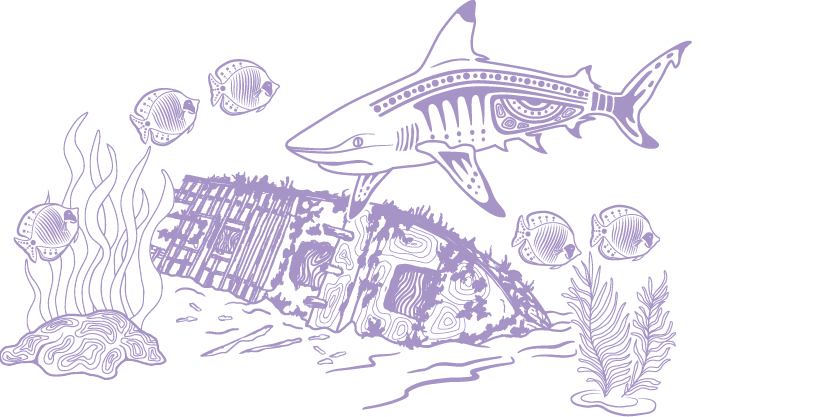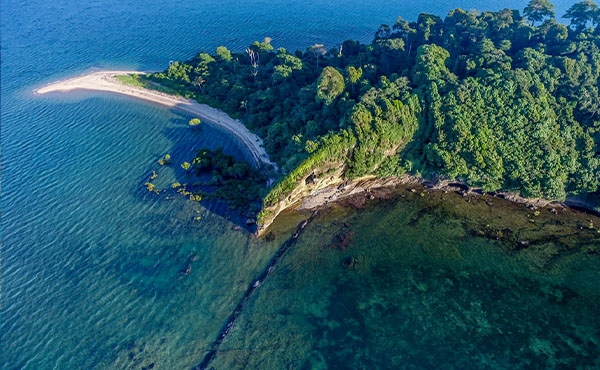A series of statements apply to Indigenous, historic and other heritage values, standardising the allocation of grades for all components and attributes examined in the assessment, as well as the grade for the criterion.
Grading statements — Indigenous, historic and other historic heritage values
Heritage values have been systematically and comprehensively identified and included in relevant inventories or reserves. Known heritage values are well maintained and retain a high degree of integrity.
Heritage values have been mostly identified and included in relevant inventories or reserves. Known heritage values are generally maintained and retain much of their integrity.
Heritage values have not been systematically identified. Known heritage values are degrading and generally lack integrity.
Heritage values have not been identified. Known heritage values are degraded and lack integrity.
or
Borderline Indicates where a component or criterion is considered close to satisfying the adjacent grading statement.
Confidence
Adequate high-quality evidence and high level of consensus
Limited evidence or limited consensus
Inferred, very limited evidence
First Nations peoples are increasingly reasserting their role in Sea Country management and the protection of Indigenous heritage across the Region. The condition and trend of Indigenous heritage values are tied closely to those of natural heritage values. Knowledge of condition remains limited.
Loss of Indigenous knowledge is a threat to this component. The COVID-19 pandemic created challenges for intergenerational knowledge transfer, despite community-led responses resulting in positive direct health outcomes. It is assumed that cultural practices, observances, customs, and lore are being maintained across the Region, supported in part by improved collaborative management of Land and Sea Country.
The locations of sacred sites are not well known outside of Traditional Owner groups. Some groups are progressing Sea Country values mapping, but understanding and recognition of these important areas in management frameworks remains inadequate. Recent research has expanded our knowledge of the network of maritime trade and cultural connections between the Region and neighbouring societies.
This component includes cornerstones of identity and modes of knowledge transfer passed down through many generations over thousands of years, highlighting the resilient living culture of First Nations people in the Region. Loss of Indigenous knowledge, including oral traditions held by Elders, and pressures that affect populations of totemic species or break connections across Land and Sea Country, all contribute to an inferred poor condition of this component.
Intensive study of a few isolated sites has increased knowledge for this component, offering key insights into cultural practices, traditional resource use, and historical developments (though over a very limited geographic area). The earlier archaeological record from when sea levels were lower and First Nations people inhabited what is now Sea Country, remains virtually unknown in the Region.


